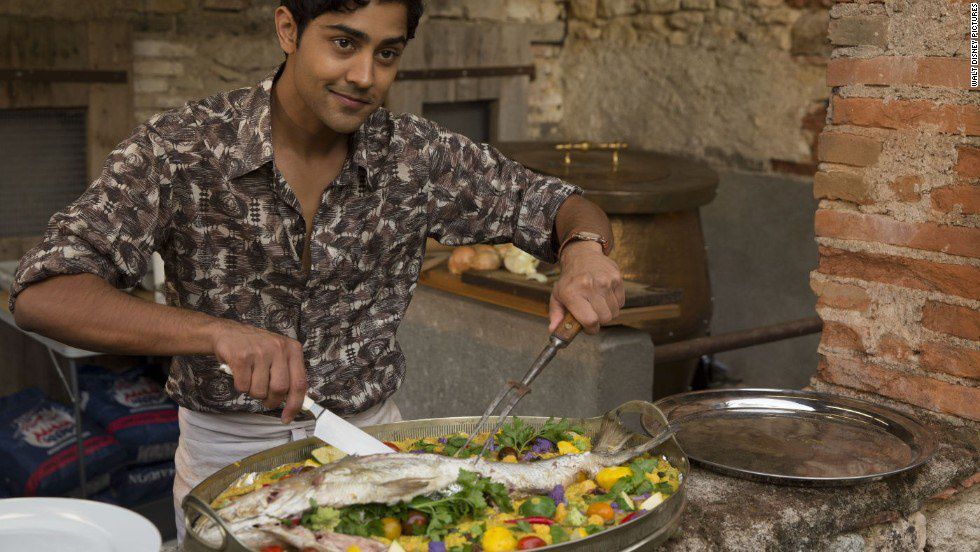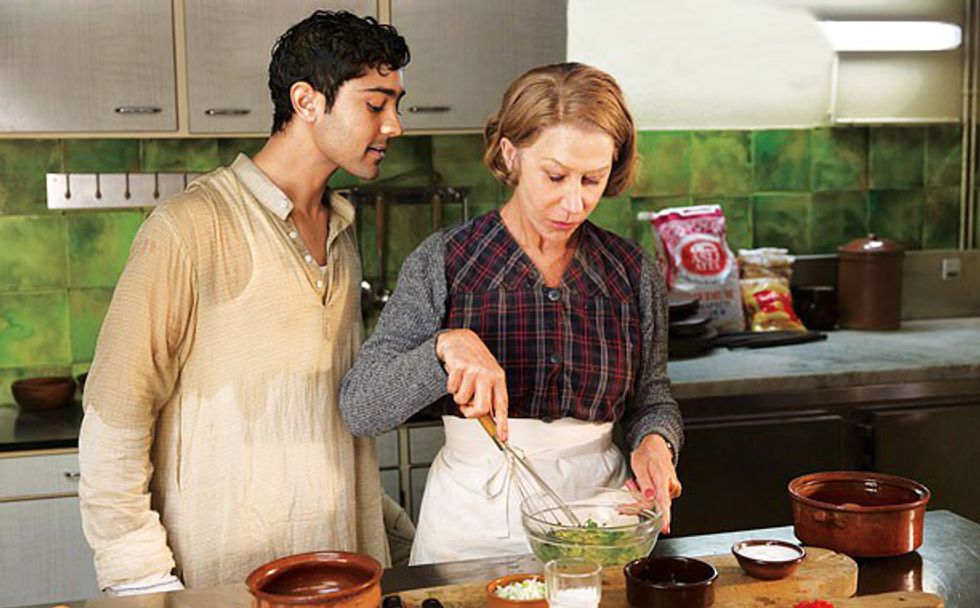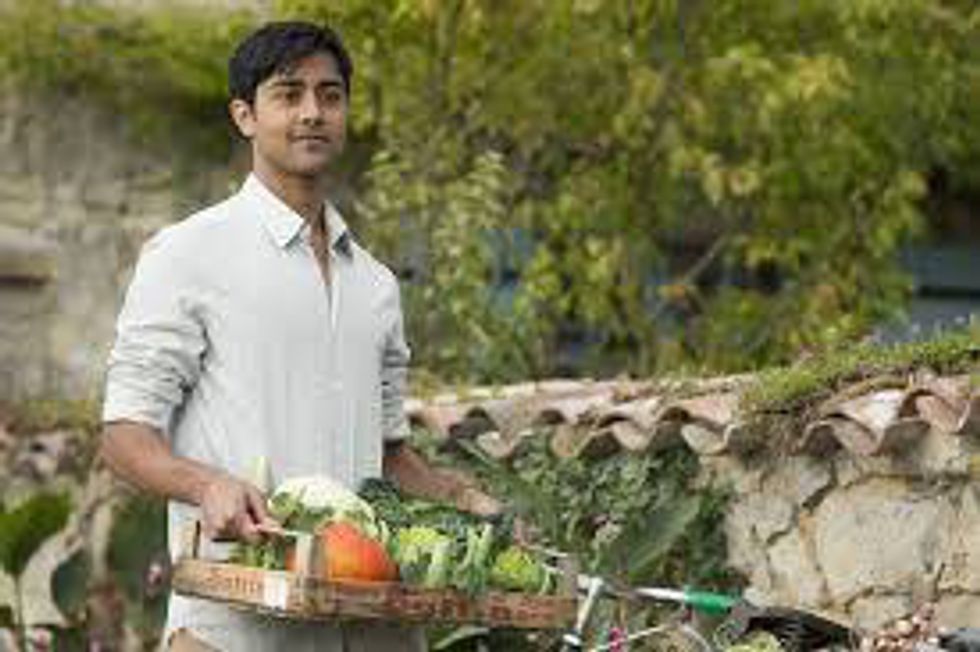I sat across from him during Sunday luncheon, wondering how he'd become so grown up. Shawn was a silly six-year-old last I saw him, and now he was an average adolescent, explaining to me the hidden secrets of our city's prime Indian food.
Shawn couldn't stop talking about cooking, and I couldn't help but ask what brought to life his new passion. He said it was years of watching his dad cook dinner in the kitchen.
"I use to sit on the counter and see him put each ingredient into the pan," Shawn told me.
But cooking with his father was not where Shawn found confidence to fire up the oven on his own. In fact, it was the film "100 Foot Journey" that first sparked his interest, a 2012 drama/comedy starring an Indian protagonist named Hassan.
The story takes place in Southern France where an Indian family opens a restaurant across from a prestigious French cuisine. Hassan, the main character, discovers his love for food and wants to learn the art of French cooking, but the head chef of the residing French restaurant, Madam Mallory, is less than interested in altering any aspect of traditional French cuisine. And so the story unfolds, mixing Indian spices with French culinary arts. Throughout, the audience sees a special relationship Hassan has with spices.

Why does this intrigue me and simultaneously break my heart? Shawn, a second generation Indian, grew up indoctrinated in white media: movies, TV, and news broadcasts where everyone is white, aside from maybe the black, gay, or female comic relief, usually playing a co-worker, best friend, or annoying neighbor. But aren't we all brought up the same way?
So what's different about this movie?
My conversation with Shawn opened my eyes to what a lead actor of color can do for minorities.
After talking with him, I began to ask myself if minorities are well represented in media? In other words, how many young adult movies are starring lead actors of color? Do screenwriters stereotype minorities in an effort to bring diversity to television? Do they caricature them simply to check off a box on the list of culturally relevant musts?
The world of white TV characters may not seem like too big of an issue. But does this not disallow children of color to believe they too can participate in a life adventure like most of their favorite TV heroes?
Should we settle with the minimal amount of diversity that's in media, or should we portray it accurately and let boys and girls like Shawn dream big and explore their gifts and talents?
I remember meeting a successful female black journalist in DC, my senior year of college. She approached me and asked if I was interested in Journalism. I said, "Of course," and we began discussing the possibilities of me reporting after I graduated. As our conversation progressed, my admiration for her increased.
"It's an amazing career choice," she said. "And it's so important to have more people of color reporting the news." I suddenly realized why I'd come to admire her. It was simply the fact that she was me in eight years, or where I could be. But I never imagined someone like me reporting news on a national level. Not until I saw someone like me doing it. As Shawn found inspiration from someone who looked like him, so did I.
Society is more diverse than media portrays it. And with the amount of media consumption our nation consumes on the daily, it's that much more vital to make a change.




















